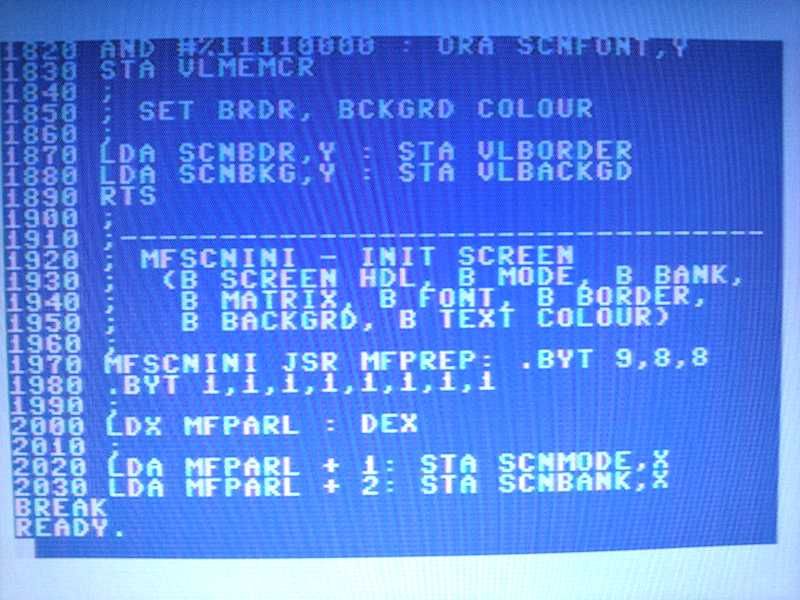Regards,
Shaun.

Code: Select all
block - Display "Hello World"
20 PRINT "HELLO WORLD"
block_end
30 ENDCode: Select all
10 REM The next line will be a heading
...block - Display "Hello World"
30 ENDCode: Select all
LOOP lda #00Code: Select all
LOOP[SELECTED]lda #00Code: Select all
<TAB>Code: Select all
LOOP lda #00Nah, not that. Assembly programming is one statement per line. Always. Only. Use that left-over space for your comments.MarcWalters wrote:I've been trying out Prg Studio. It's a nice program.
Requests:
2) Assembly editor: Multiple statements per line - separated by colon

I'm aware of the arguments for and against multiple instructions per line.satpro wrote:Nah, not that. Assembly programming is one statement per line. Always. Only. Use that left-over space for your comments.MarcWalters wrote:I've been trying out Prg Studio. It's a nice program.
Requests:
2) Assembly editor: Multiple statements per line - separated by colon
Code: Select all
InitScrn lda <$0400 : sta $FB : lda >$0400 : sta $FC : rtsCode: Select all
100 POKE 251,0 : POKE 252,4 : RETURNCode: Select all
100 POKE 251, 0
110 POKE 252, 4
120 RETURNCode: Select all
Message_1 text "Hello World"
byte 0
word Default_Msg
byt 0,0,0
Message_2 text "Goodbye World"
byte 1
word Bye_Msg
byt 2,0,0Code: Select all
Message_1 text "Hello World" : byte 0 : word Default_Msg : byt 0,0,0
Message_2 text "Goodbye World" : byte 1 : word Bye_Msg : byt 2,0,0
Users browsing this forum: No registered users and 10 guests